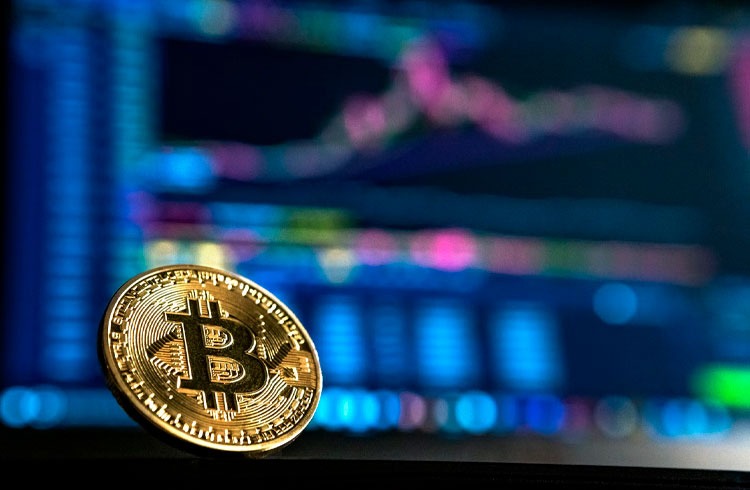Cardano focuses on innovation
Cardano and Solana are two of the most closely watched blockchain platforms in the crypto world. So far, Solana has been considered the fastest blockchain, thanks to its innovative Proof-of-History (PoH) mechanism, which allows for a transaction capacity of up to 65,000 TPS (transactions per second). Cardano, on the other hand, has primarily focused on security and sustainability through its Proof-of-Stake (PoS) protocol, Ouroboros.
With the introduction of the Leios upgrade, Cardano aims to take a decisive step forward. This update is designed to significantly increase the network’s speed while improving scalability, according to the official design and concept goals outlined by Input Output, Cardano’s development company, in 2022. The Leios upgrade introduces parallel transaction processing, allowing different network nodes to validate transactions independently. This innovation promises to address Cardano’s previous weakness—relatively low transaction speed—and surpass Solana.
Leios Upgrade: The Technical Details
The Leios upgrade is a milestone in Cardano’s development, enabling more efficient processing of transactions within blocks without compromising security or decentralization. Thanks to parallel transaction processing and the decoupling of consensus and data availability, the network can handle more transactions simultaneously, significantly reducing block times. According to a post on X (formerly Twitter) by Charles Hoskinson, the founder of Cardano, the goal is to make Cardano faster than Solana without sacrificing decentralization. Developers are actively working on implementing this new structure, which is expected to launch in the last quarter of 2024.
Impact on the ADA Token
The Leios upgrade could significantly boost the value of Cardano’s ADA token. If more dApps and projects migrate to Cardano, this could strengthen the platform’s market position, potentially leading to an increase in the value of the ADA token.
























